mkedre
TPF Noob!
I'm new to learning and understanding photography (other than just point and shoot) and I'm having a hard time understanding f-stops. Can anyone explain it in an easy way? I'm in the market for an SLR and want to understand it so I know what I'm doing when I purchase. Thanks in advance!


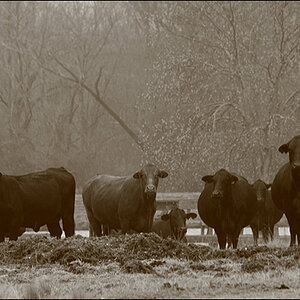
![[No title]](/data/xfmg/thumbnail/30/30991-43abf4dfee0a54010692c71c43f40981.jpg?1619734555)
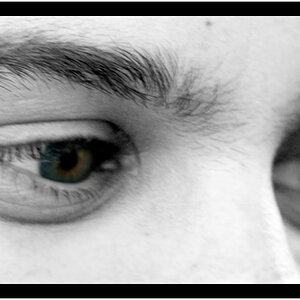
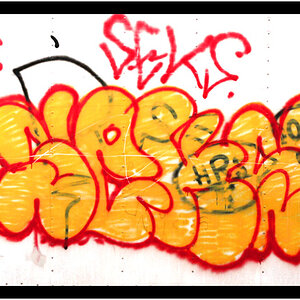
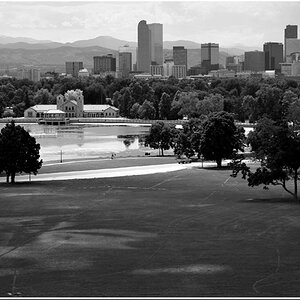
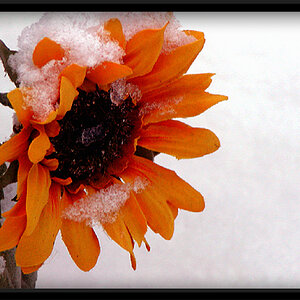
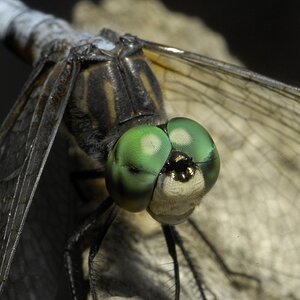

![[No title]](/data/xfmg/thumbnail/30/30988-aef3845b94a67d6dcce6e4e59d5d66c3.jpg?1619734553)